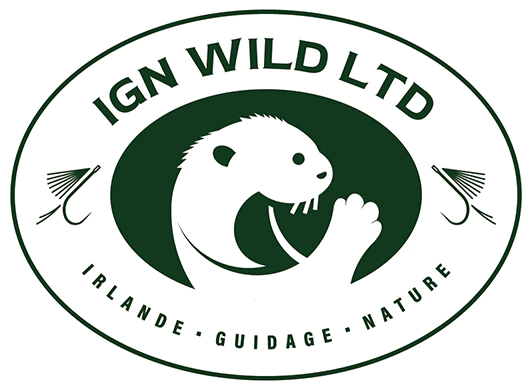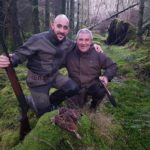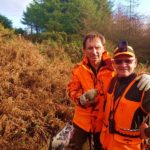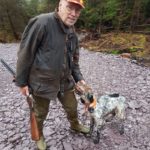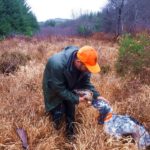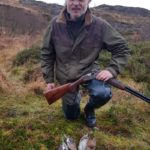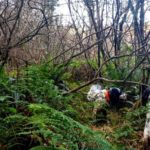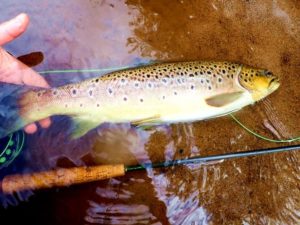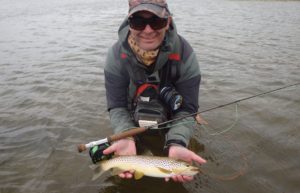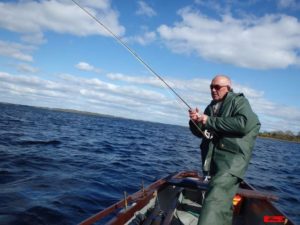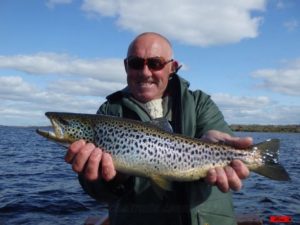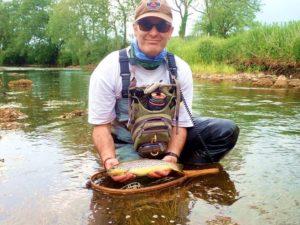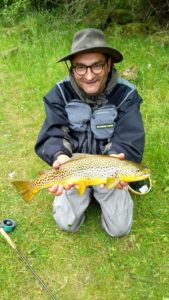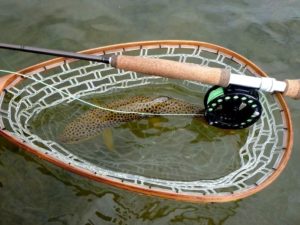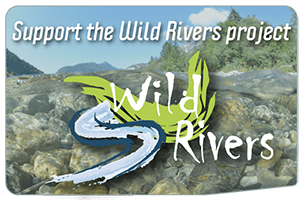Woodcocks
2019/20 can be considered a fairly regular hunting season, at least on my hunting grounds.
With an average of 14 woodcocks caught for every 6-hours hunting session, it gives us an average of one bird for every half-hour spend hunting.
As with every report, I try to be as abjective as I can, for we are surrounded by enough liars already!
The smallest amount on a six-days session has been 59 woodcocks, the biggest amount 145 birds, only with pointing dogs.
Noteworthy to say that this hunting group with “only” 59 birds has hunted with 80- to 100 km/h winds on the first day, no one has seen any bird on that occasion.
It has been the sole empty-handed day of the last three seasons.
Migration, dogs, hunting grounds and the age of the captain might explain the rest of it.
Quite noteworthy is the proportion of runaway birds, a trend observed by many woodcok hunters in France.
Several possible explanations according to me : fir forests are well suited to woodcocks running away, and birds having been hunted already.
This trend seems to indicate a change in behavior for birds that went through a hunting season and reproduced.
A direct consequence is that woodcock hunting becomes more dynamic, and sole amateurs of kill count are looking elsewhere, but who will regret those hunters ?
The hunt, the dogs 2019/20
The hunters that came this year and endured me spent plenty of excellent moments with their dogs. Gilles’ Lavande was a prime example of a fantastic hunting dog with passion and stamina.
Gun et Ola, two English setters, have offered us great pointing, in difficult conditions, and Oreo, a young pointer, has scored his first pointings as well.
Great memories altogether!
- Family hunting Ireland
- After the storm
- Lavande and Gilles
- Report to the boss
- Grand chelem
- Luberon setter
My own dogs offered me plenty this season. Obi stays prudent, but shows great promise in finding the birds. Jaurus equals itself with passion and Cheep is still hunting fantastically, 10 years in, but for how long?
The hunters
Beaucoup de chasseurs ont également appréciés de pouvoir cuisiner le soir entre amis après une douche chaude et un apéritif réconfortant. A ce sujet, je remercie Christophe et Serge pour cet Aligot et ce délicieux carré d’agneau. Le boudin et les fromages de la ferme apportés par le groupe de Thierry n’ont pas eu le temps de visiter le frigo n’ont plus…
Je n’oublie pas les Médocains et les excellentes bouteilles bordelaises ainsi que Mathieu, expert en vins qui nous a permit de déguster 2 flacons d’exception.
Lorsque les diners ont été pris a l’extérieur tout le monde a pu apprécier le choix de 3 restaurants locaux avec des menus a la carte sans aucun supplément ce qui est important.
Du simple fish and chips en passant par le fillet de boeuf ou les coquilles St Jacques, les plats sont variés et bien cuisinés.
Merci a Willy de m’avoir assisté avec quelques groupes, sa passion et sa bonne humeur sont un réel atout.
Cette année 2020 restera marquée par la crise sans précédent du covid 19 et je souhaite que la saison a venir soit au moins égale a celle passée, une fois les difficultés passées l’avenir nous le dira !
Denis
